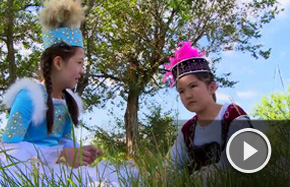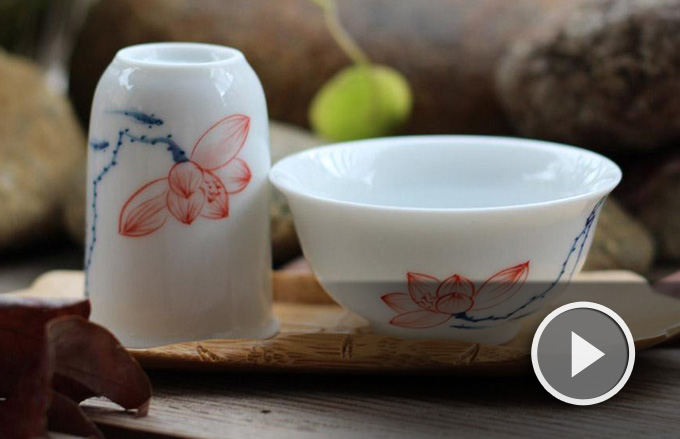Instrument makers dance to a traditional tune
|
Asman Abula, Rehman's granddaughter, holds a model dutar. [Photo by Zou Hong/China Daily] |
True power
"He only appreciated the external beauty of my rawap but he cannot play it to release its true power, which is to charm people with the sounds it makes," said the craftsman, who is still waiting for the special person, someone who is just right for the rawap.
Rehman is determined to pass on the family tradition. In fact, he regards it as his duty. His eldest son lives in Urumqi, the regional capital, where he runs a shop that sells the family's work, but Rehman three other sons are instrument makers in Tuowankewukusake.
Rehman has high hopes for his youngest son Mamutjon, because the 27-year-old craftsman exhibits all the passion he had when he was young. "He is a quiet man, too," Rehman said.
Memutjon made his first instrument on his own when he was just 22. He uses social media to advertise his work, and now earns about 10,000 yuan a month from his labors.
"Unlike me, my father is very confident and never hesitates to use force when carving the instrument from the wood," he said, as he watched Rehman making a dutar. "The instruments even sound louder when he makes them."
Adaptation
To further improve the quality of traditional Uygur instruments, Memutjon has studied the structures of guitars and violins. "The ghijek plays like a violin and also sounds like one, so I think understanding the violin will help me make it sound better," he said.
In fact, the current version of the ghijek is actually an adaptation based on the study of violins. The new version was introduced in the 1950s.
- Cello fans treated to carnival dedicated to instrument
- Pipa player promotes ancient instrument with rare passion
- Farmer rewarded for handing in 2,000-year-old musical instrument
- Chinese musician seeks to make ancient instrument relevant to modern times
- India's musical siblings to make China debut with rare instrument

















